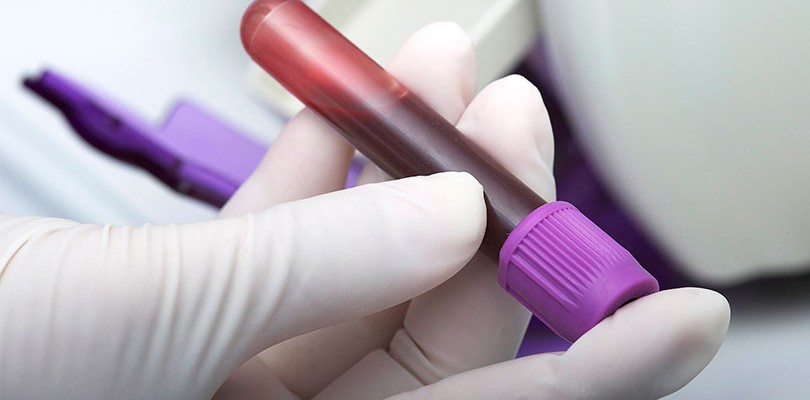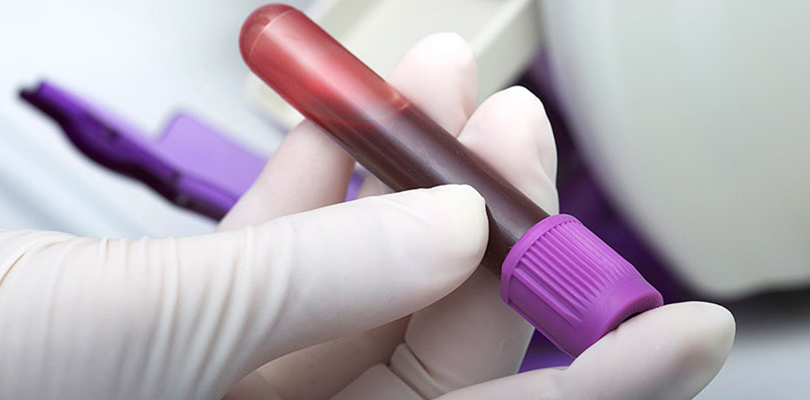
Photo Credit: irishblue / iStockPhoto.com
Early Symptoms of Lupus
Systemic lupus erythematosus, commonly referred to as lupus or SLE, is an autoimmune disorder that most commonly afflicts women. Around 1 in 2100 people are diagnosed with the disease.
Lupus is five times more common among females than males, but men who get lupus often develop more severe symptoms. Lupus discriminates in other ways, too — black women have triple the risk of contracting lupus than white women do. It also runs in families. If a person has a close family relative diagnosed with lupus, that individual’s chance of developing the illness is ten times higher than someone who doesn’t.
If a person has a close family relative diagnosed with lupus, that individual’s chance of developing the illness is ten times higher than someone who doesn’t.
Most people who have lupus experience periods of mild or absent symptoms that alternate with flare-ups of symptoms. Lupus symptoms may be mild, moderate, or severe.
Diagnosis is often difficult. Many experts believe that the illness is more common than currently recognized, partially due to its wide range of symptoms and the difficulty in diagnosing it.
While 100 years ago the disease was generally fatal within five years of diagnosis, lupus is now manageable with the use of medication and lifestyle measures. People who have a diagnosis of lupus can now expect to live a normal lifespan.
1. Butterfly Rash
Forty percent of people diagnosed with lupus develop a red, bumpy rash that extends from the bridge of the nose and across the cheeks in a butterfly-shaped pattern. While the face rash is the most common, a rash may appear anywhere on the body.
The second most common place for the rash to arise is on the chest. The rash may appear as a single raised, red and disc-shaped lesion, or as a widespread skin disturbance with multiple elevated, red lesions.
Exposure to sunlight may make the lesions worse. Sensitive individuals may experience a severe skin reaction with an exacerbation of other symptoms when exposed to sunlight.

Photo Credit: Tharakorn / iStockPhoto.com
2. Sores in the Nose or Mouth
Approximately one out of every three people who are diagnosed with lupus develop ulcers in the mucosal tissues of the mouth or nose. These ulcerations can be very painful.

Photo Credit: kzenon / iStockPhoto.com
3. Changes in the Hair and Scalp
Many people who have lupus experience hair loss. There may be a lupus hair loss pattern, it may be over the entire head or just in patches. The loss is usually transient and occurs during flare-ups of other symptoms. The scalp may also be dry and scaly.
Hair loss is common in several conditions, including rheumatoid arthritis, which is often confused with lupus. Rheumatoid arthritis hair loss and lupus hair loss may be difficult to tell apart, adding to diagnosis difficulties.

Photo Credit: Rostislav_Sedlacek / iStockPhoto.com
4. Fatigue
Because lupus impacts the entire body, it creates physical and emotional stress. Fatigue is common as a result of the stress the disease places on the body and mind. Tiredness increases during flare-ups of other symptoms. Management of fatigue is an essential part of treatment as fatigue exacerbates cycles of flare-ups.

Photo Credit: tab1962 / iStockPhoto.com
5. Fever
Many individuals who have lupus run low-grade fevers of 99 to 100 degrees Fahrenheit. Fever may also be an indication of infection, which people who have lupus are prone to.

Photo Credit: wasanti / iStockPhoto.com
6. Frequent Infections
Individuals who have lupus are more prone to contract infections and illnesses compared with the rest of the population. This is due to an altered response of the immune system; drugs used to treat lupus also reduce the ability of the immune system to function well. Infections may be mild or serious. A healthcare provider should be consulted promptly at the first sign of infection.
The first thing you need to know about common cold is that it is a virus and that there are over 100 different strains. So is it allergies or a cold?

Photo Credit: Remains / iStockPhoto.com
7. Joint Problems
Pain, stiffness, and swelling may occur in the joints. Symptoms are usually widespread, affecting multiple joints throughout the body. Morning stiffness may occur years before any other symptoms of lupus are present. Pain may be present with or without other signs of inflammation. Ninety-five percent of individuals who are diagnosed with lupus develop arthritic changes over the course of the disease.

Photo Credit: nebari / iStockPhoto.com
8. Sensitivity of the Fingers and Toes
Sensitivity and pain in the toes or fingers can occur with lupus. Fingers and toes may turn blue or white when exposed to cold temperatures, or during periods of stress. This is known as Raynaud's phenomenon.

Photo Credit: taolmor / iStockPhoto.com
9. Dry Eyes
The eyes may be red, irritated, sensitive, or itchy. This is due to dry eyes, which are common among people who have lupus.

Photo Credit: Gab13 / iStockPhoto.com
10. Anemia and Abnormal Blood Tests
The presence of abnormal blood test results help health care professionals diagnose lupus. A reduced red blood cell count, or anemia, is common. Signs of anemia include paleness, fatigue, shortness of breath, and sensitivity to cold temperatures.
The white blood cell count may be low. This increases a person’s susceptibility to infection.
The erythrocyte sedimentation rate, ESR, may be elevated. However, an elevation of the ESR is not a conclusive test for lupus, as it may be elevated in the presence of a wide range of health problems.
Tests are done to evaluate how the liver and kidneys are functioning as lupus may affect these organs. Abnormal liver or kidney function test results may be present in the presence of lupus.
Antinuclear antibody, ANA, test results may be elevated. This indicates an overly stimulated immune system. If the ANA is elevated, more specific antibody testing is usually indicated.

Photo Credit: milla1974 / iStockPhoto.com
11. Abnormal Urine Tests
Lupus may cause damage to the kidneys, and so the presence of protein or red blood cells in the urine may indicate lupus. However, the appearance of these substances in urine are indicative of many other illnesses as well.

Photo Credit: Remains / iStockPhoto.com
12. Changes Within the Lungs
People with lupus have an increased likelihood of contracting respiratory infections, including pneumonia. X-rays may show fluid accumulation or inflammation within lung tissues. Chest pain may arise. Pleurisy occurs in 50% of people who have lupus at some time during their illness. Pulmonary function tests are abnormal in nine out of 10 individuals who have lupus.
Lupus is a difficult disease to diagnose because it affects so many parts of the body. No one test is used to confirm or rule out a diagnosis of lupus. Diagnostic tests, a comprehensive physical exam and the patient’s history help health care professionals formulate a diagnosis of lupus.
It is important to seek diagnosis and treatment promptly when symptoms first appear. These early signs of lupus are similar to the signs of many other connective tissue and autoimmune diseases so it’s important to get them checked out.
Early treatment can slow the progression of the illness but untreated, lupus may result in serious infections, kidney, cardiac, or lung disease. Early treatment helps to prevent pain and debility.
It is essential to seek prompt diagnosis and treatment in order to lead a normal, active, comfortable life.
With so many different types of toothbrushes to choose from, the choice may be a little overwhelming. Let’s look at the pros and cons of each toothbrush.








